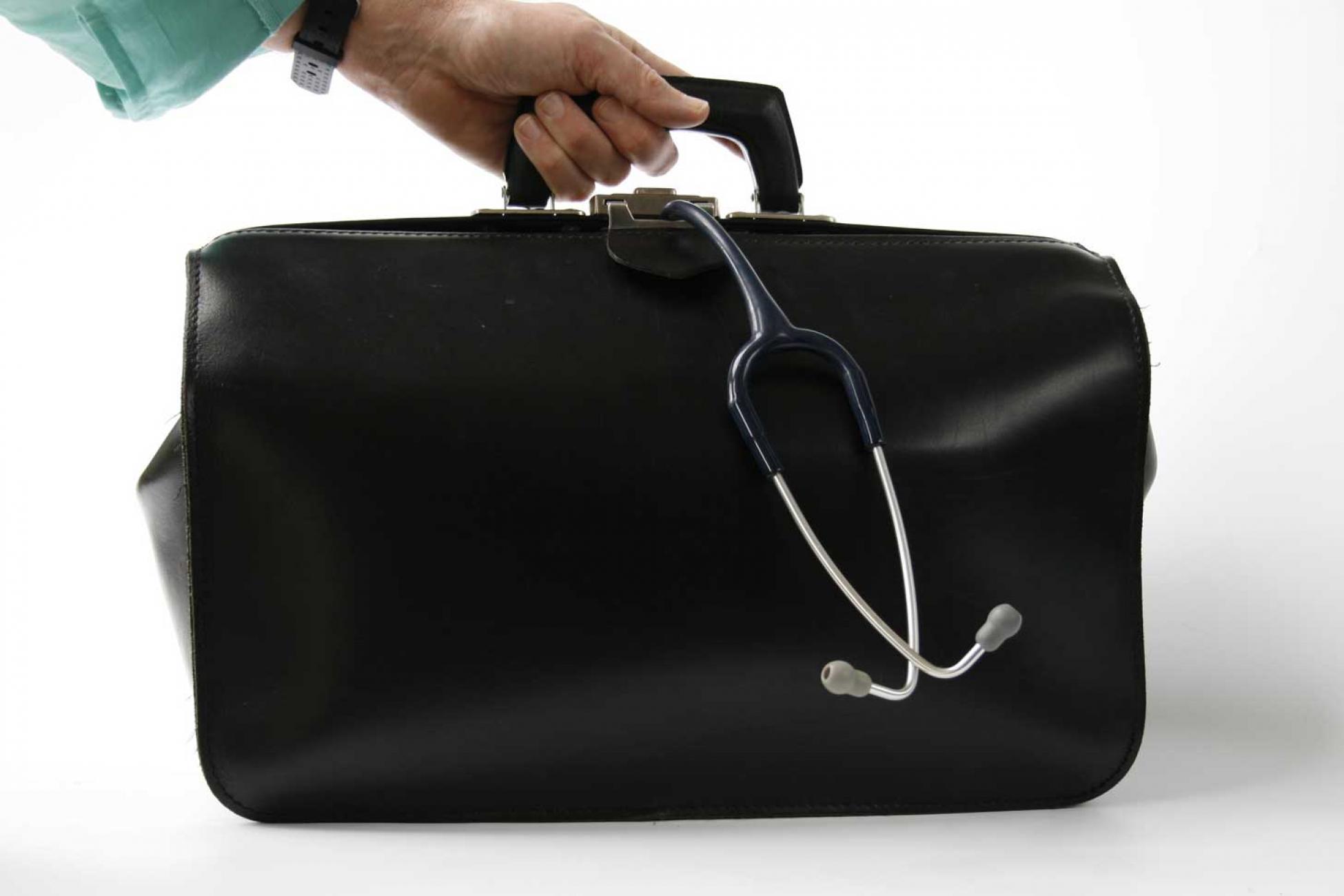Though it's not necessary to pack a full-on doctor's kit with enough stuff to outfit an emergency room, having small kit of well chosen medical items near at hand will certainly make life easier should an accident occur, and it may even save a life.
Here's a few guidelines:
There are many pre-made kits available on the market and most will serve fairly well in many situations. When buying a kit or when assembling your own, think carefully about the kinds of activities you will most likely be doing and the type of injuries or illnesses you are likely to encounter. For example if much of your time is to be spent trekking, one of the most important considerations is foot care. You will therefore want to go heavy on items for dealing with blisters, ankle sprains, athlete's foot, in-grown toenails etc.
Whether you are piecing together your own custom kit, or purchasing a pre-fab one, make sure it includes extra pairs of nitrile gloves and some type of mask or barrier for performing artificial respiration.
A second consideration is the weight and bulk of your kit. Choose items that can serve a number of purposes rather than choosing a lot of very specialized, one-use things. The larger and bulkier your kit is, the less likely you are to pack and carry it.
Thirdly, consider the sort of bag or pouch that you keep your first-aid items in. It should keep things clean and dry when closed and allow the contents to be (and stay) well organized. It is useful to have a kit that will open up flat (like a book) so that it can be used as a tray to keep things organized and off of the ground while you are using it.
The single most important thing to take with you as part of your first-aid kit is knowledge—the knowledge of how to use it and more importantly, the care and judgment that will prevent you from having to open your kit in the first place.
Before you travel, take a quality first aid course, preferably a wilderness based programme that is a minimum of forty hours long. It is well worth the time and money invested.
A word about carrying medications
In addition to the usual collection of band-aids and dressings in your kit, you will probably be carrying a small number of medications. These could include common place items like mild pain relievers (aspirin, ibuprofen, acetaminophen), antihistamines, anti-diarrheals. Your kit might also contain prescription medications.
When crossing borders with medications, it is wise to carry proof of what you are carrying. If possible, keep non-prescription meds in their original containers. If you are taking prescription medications with you, be sure to carry a copy of the prescription. Keep the medication in its original container bearing a pharmacy label that indicates the contents, dosage and a Drug Identification Number (DIN). Carrying a note of explanation from your doctor is also a good idea.
Add this article to your reading list



